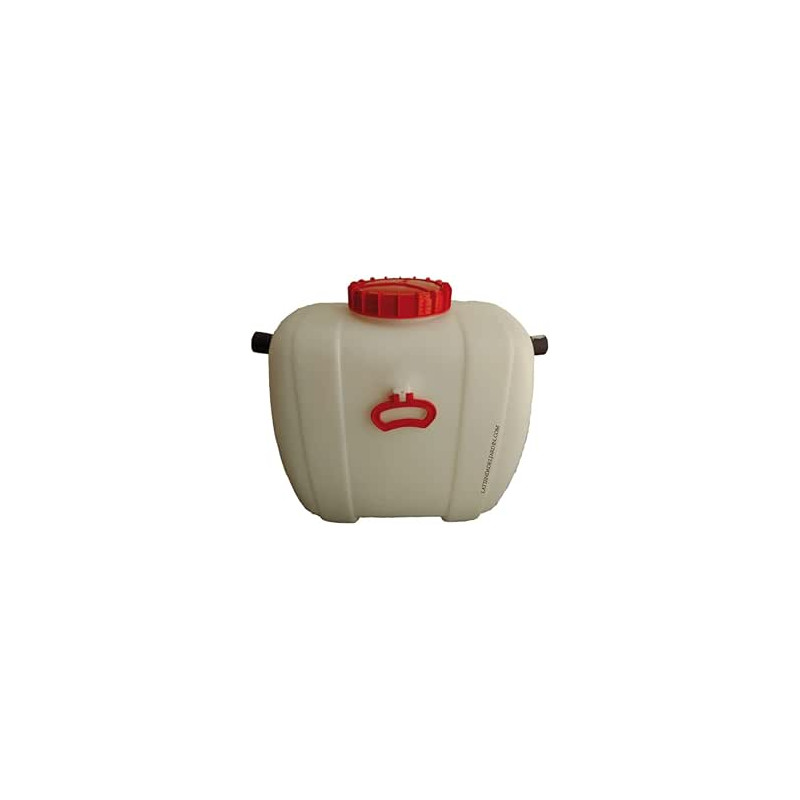- New




Grease separators are designed for installations where wastewater contains grease. Before being discharged into the sewer system, this wastewater should be treated separately by a grease separator. These separators consist of a settling basin, a grease collector, and a sludge collector. The system reduces the flow velocity of the wastewater, allowing solids—such as food scraps—to sink and settle in the sludge collector. Grease, being less dense than water, floats to the surface. Once the grease is separated, the wastewater flows to the sewer system. These separators feature DN50 PVC inlet/outlet connections, a wide 200mm diameter top opening, a heavy-duty tank, and a complete drain system. The nominal size of the mini grease separators is 0.6 and 0.8 L/s. Advantages: Under-sink installation. DN50 PVC inlet/outlet connections. Wide 200mm diameter top opening. Heavy-duty tank. Complete drainage system. Dimensions 52x355x53 cm. Includes tap.
What type of installations are grease separators recommended for?
Grease separators are recommended for facilities where the water contains grease, such as workshops, scrap yards, and restaurants.
What advantages do grease separators offer?
Grease separators allow grease to be separated from wastewater before it is discharged into the sewer system, preventing blockages and damage to pipes.
What is the nominal size of the mini grease separators?
The nominal size of the mini grease separators is 0.6 and 0.8 L/S.
Does the tap come with the grease separator?
Yes, the 60 liter Grease Separator comes with a tap to make emptying the tank easier.
What is the storage capacity of the Grease Separator?
The Grease Separator has a storage capacity of 60 liters, ideal for use in workshops, scrap yards and restaurants.
Data sheet
Specific References
No customer reviews for the moment.